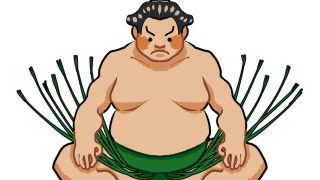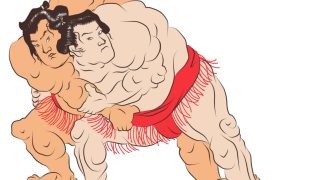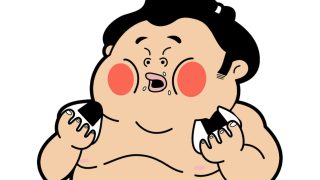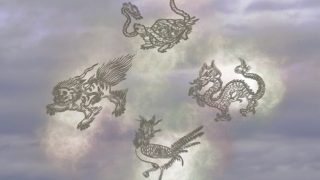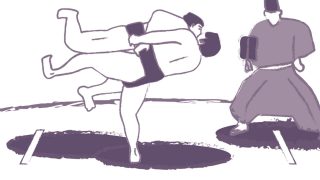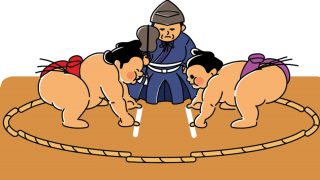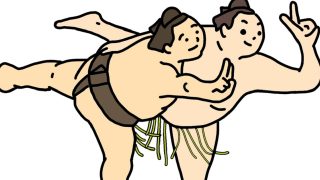 Trivia
Trivia What is Shokkiri? A Time of Learning and Laughter That Brings Sumo Closer to You
Shokkiri offers the audience a chance to laugh while discovering the depth of sumo culture. By exaggerating rituals and showcasing what must not be done in real matches, it becomes an engaging way for newcomers to grasp traditions that may otherwise seem difficult to understand.

